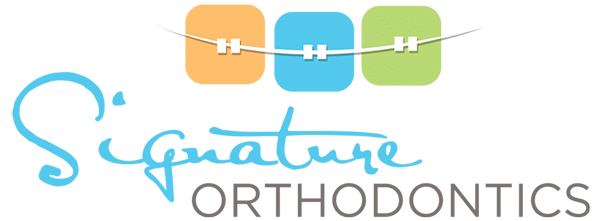Two Phase Treatment

The American Association of Orthodontists recommends that every child see an orthodontist by age 7. In some cases, an orthodontic concern may require an earlier orthodontic consultation. Around age 7, the first adult molars typically erupt, helping to define a patient’s back bite and allowing the orthodontist to more effectively evaluate the bite.
Treatment at this age may not be necessary, but orthodontic monitoring can help anticipate the ideal timeline for the most effective treatment and also help to prevent more serious problems in the future.
Phase One Treatment
Phase I treatment usually takes place between the ages of 7-11 and can involve orthodontic appliances that create space in the mouth and correct bite problems while growth is still occurring. This stage is generally completed early, while patients still have mixed dentition (baby teeth and adult teeth).
Some results of effective early treatment:
- Reducing the need for tooth removal
- Creating space for crowded, erupting teeth
- Reducing the risk of injury to protruding front teeth
- Preserving needed space for permanent teeth
- Reducing future orthodontic treatment time
Phase Two / Adolescent Treatment
Phase II treatment typically occurs between the ages of 11 to 13. These orthodontic patients have typically lost all of their deciduous (baby) teeth and their permanent teeth have, for the most part, come in. Using traditional braces or other orthodontic treatments, Dr. Sydlewski harnesses the rapid growth that occurs during these adolescent years to facilitate treatment of orthodontic problems for the most effective results.
